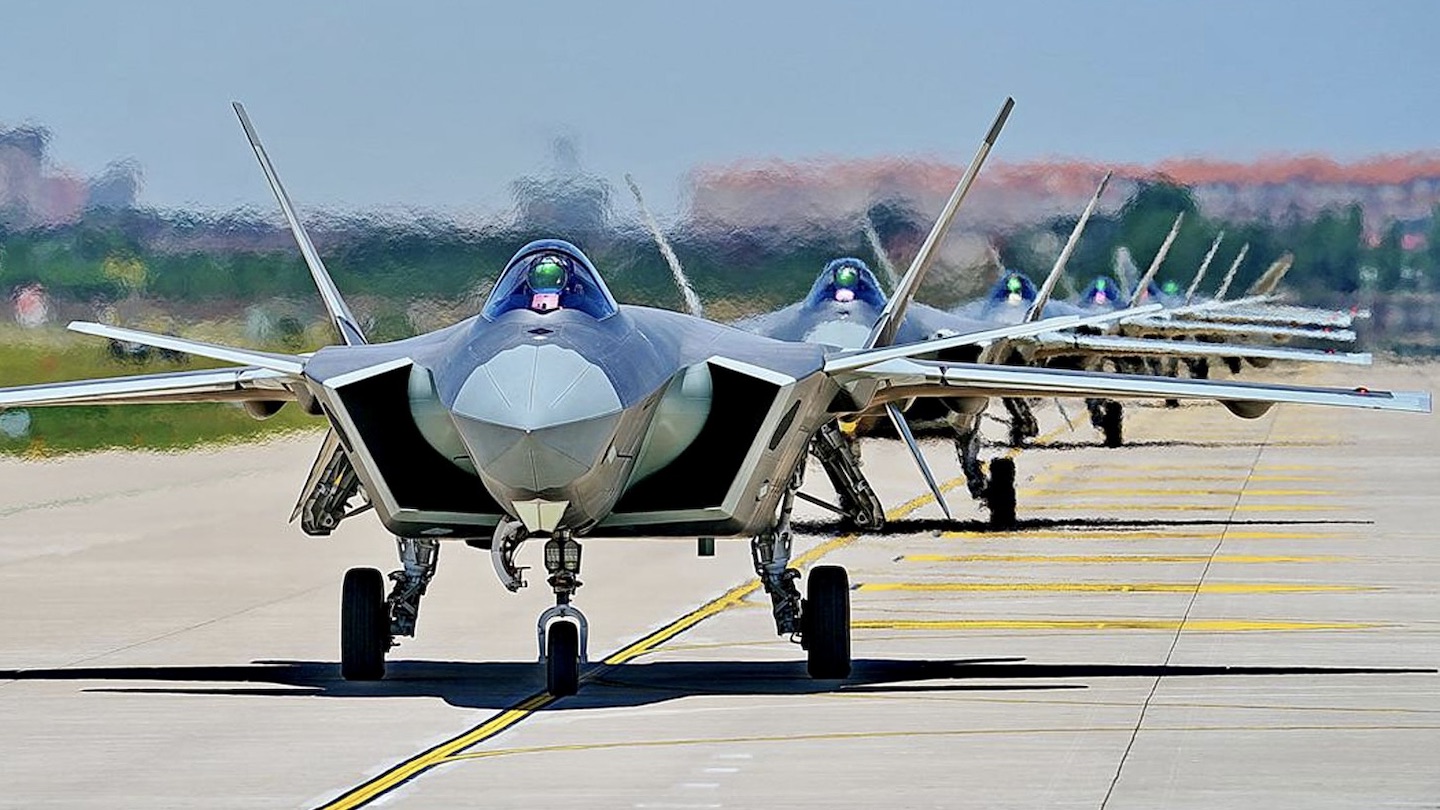General Kenneth S. Wilsbach, the head of Pacific Air Forces, has offered new comments regarding China’s growing fleet of J-20 stealth fighters. Compared to the capabilities of the U.S., and those of its allies and partners, the general says that the J-20 does not constitute a “dominating aircraft at this point” — a statement which is broadly in line with insights he made on the type last year.
Wilsbach’s remarks were given at the 2023 iteration of the Air & Space Forces Association’s annual symposium ongoing just outside of Washington, D.C., which The War Zone is attending. The only operational stealth fighter within the People’s Liberation Army (PLA), the J-20 first flew in 2011. Precisely how many of the type have been produced since that time remains unclear, although best available estimates suggest somewhere in the region of 160-200 airframes.
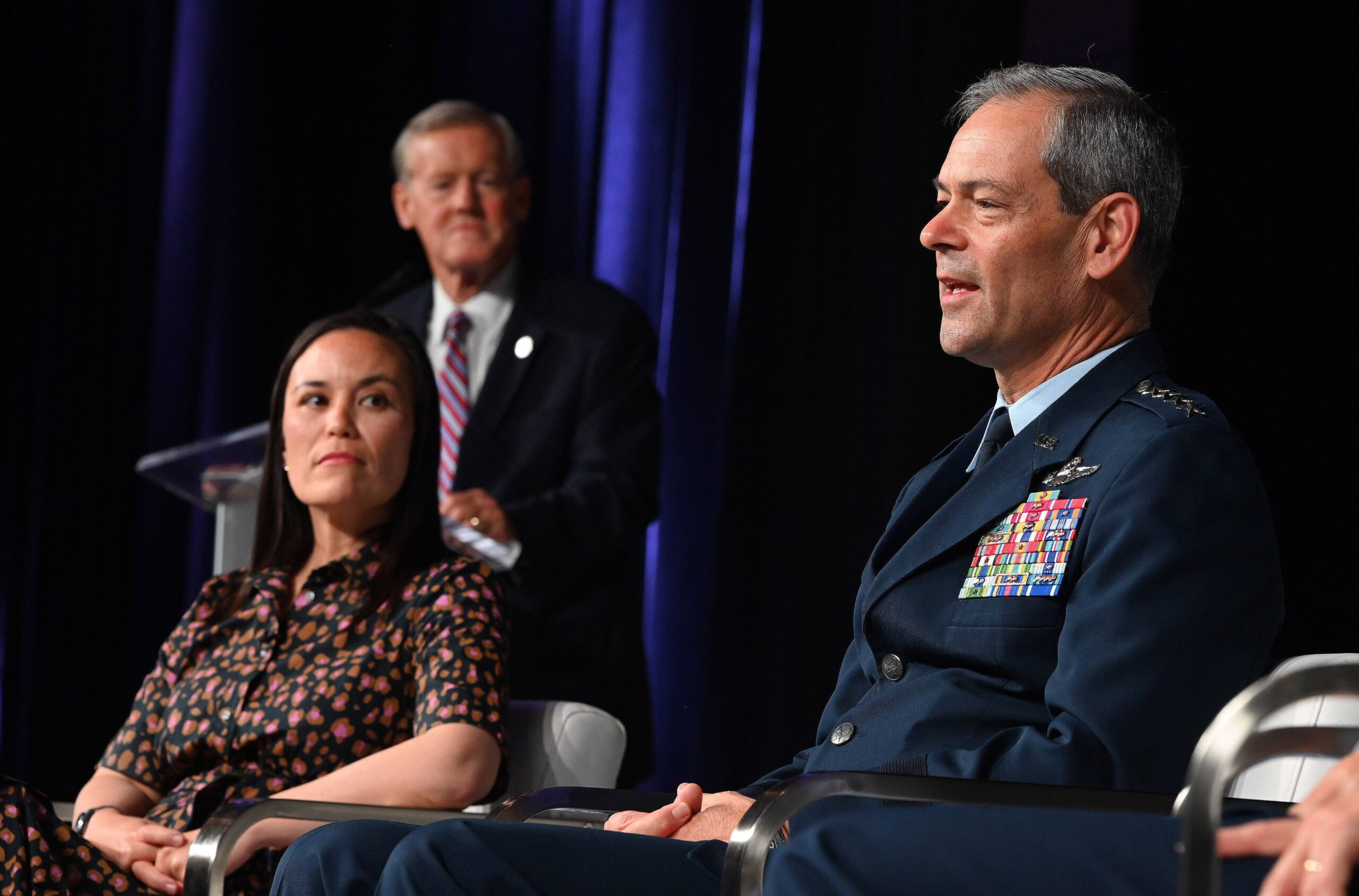
“I don’t think that it’s a dominating aircraft at this point, compared to what we have [in terms of stealthy F-22 Raptors and F-35 Lightnings],” Wilsbach highlighted. “They’ve done some good copying… pretty much most of the technology from that airplane [the J-20] was stolen from the U.S.”
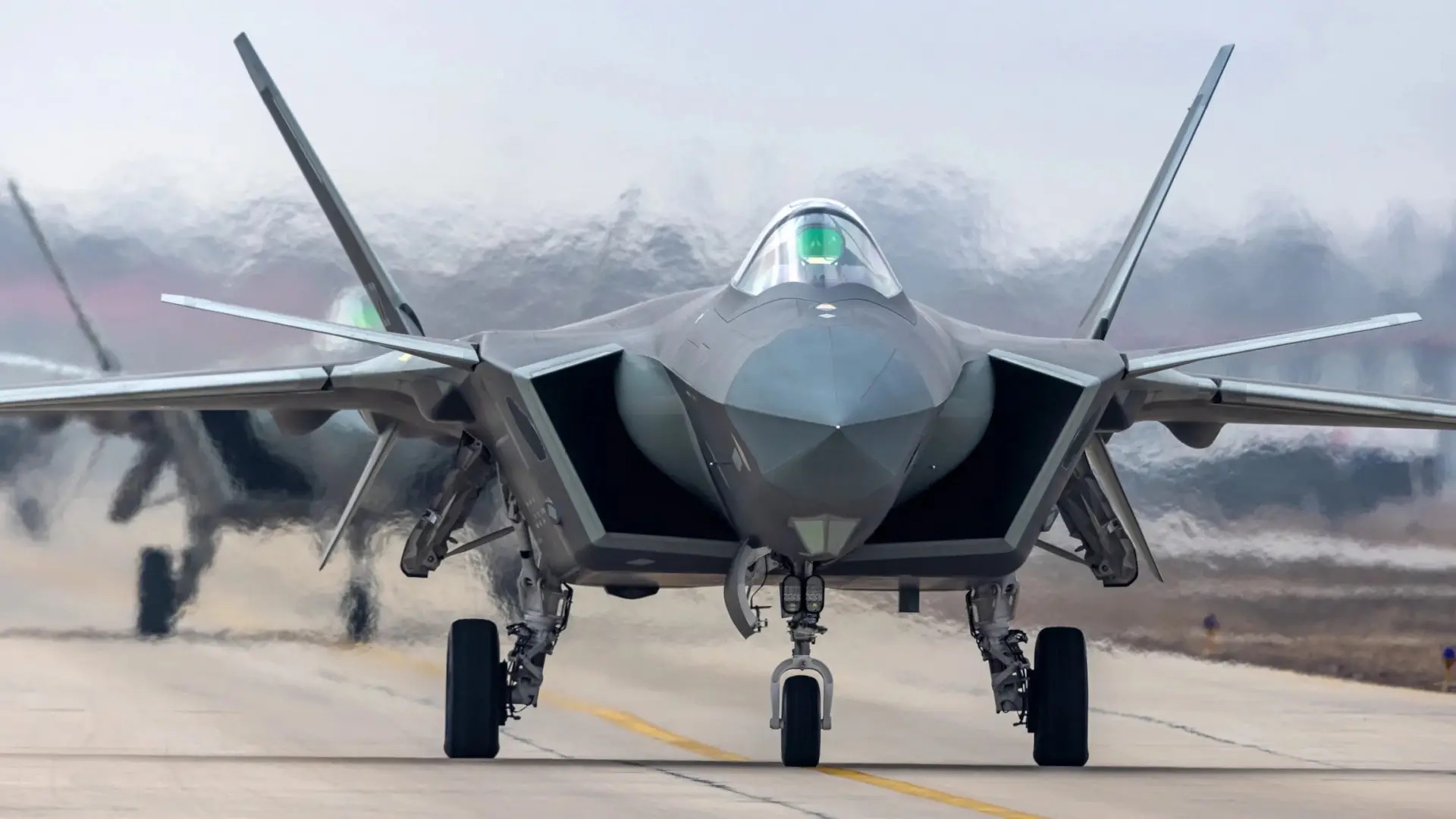
Wilsbach was unequivocal in his conviction that the capabilities of U.S. aircraft, combined with those of allies and partners, could counter any potential threat from J-20s. This multi-national coalition of partners, which regularly trains with high-threat scenarios in mind, would prove extremely difficult for any Chinese aircraft to counter, according to the general.
“What I will tell you is if you compare just aircraft to aircraft, you take the training that our people [U.S. Air Force] get. Interoperability with [U.S.] allies and partners… the Chinese [are] probably still at a pretty big disadvantage because of the way we train, especially with [our] Korean allies and partners.”
“[For the Chinese] a fight that would be China versus us [the U.S.]… that makes their math pretty easy, but if you make it China versus the U.S. plus the other countries… their math gets pretty hard to do… When I think about some of the recent exercises that we’ve done together with our allies and partners like Talisman Sabre, and Northern Edge, [and] Valiant Shield earlier, you know, there’s some extremely high-end exercises that are happening. In the past, when we’ve done some of those large coalition-type exercises… the level of complexity is reduced, so that everybody can participate. We’re not doing that. We’re making it a high-end, if you want to play you show up and you execute.”
“And so I’ve used the example of last year, in [exercise] Pitch Black… we had almost 20 nations participating in a night[time], high-end surface-to-air missile take-down … It was super complex, and everybody that was playing, which may surprise some of you some of the nations that were playing in the exercise, but it was really well done and well executed. And we’re seeing that exercise after exercise.”
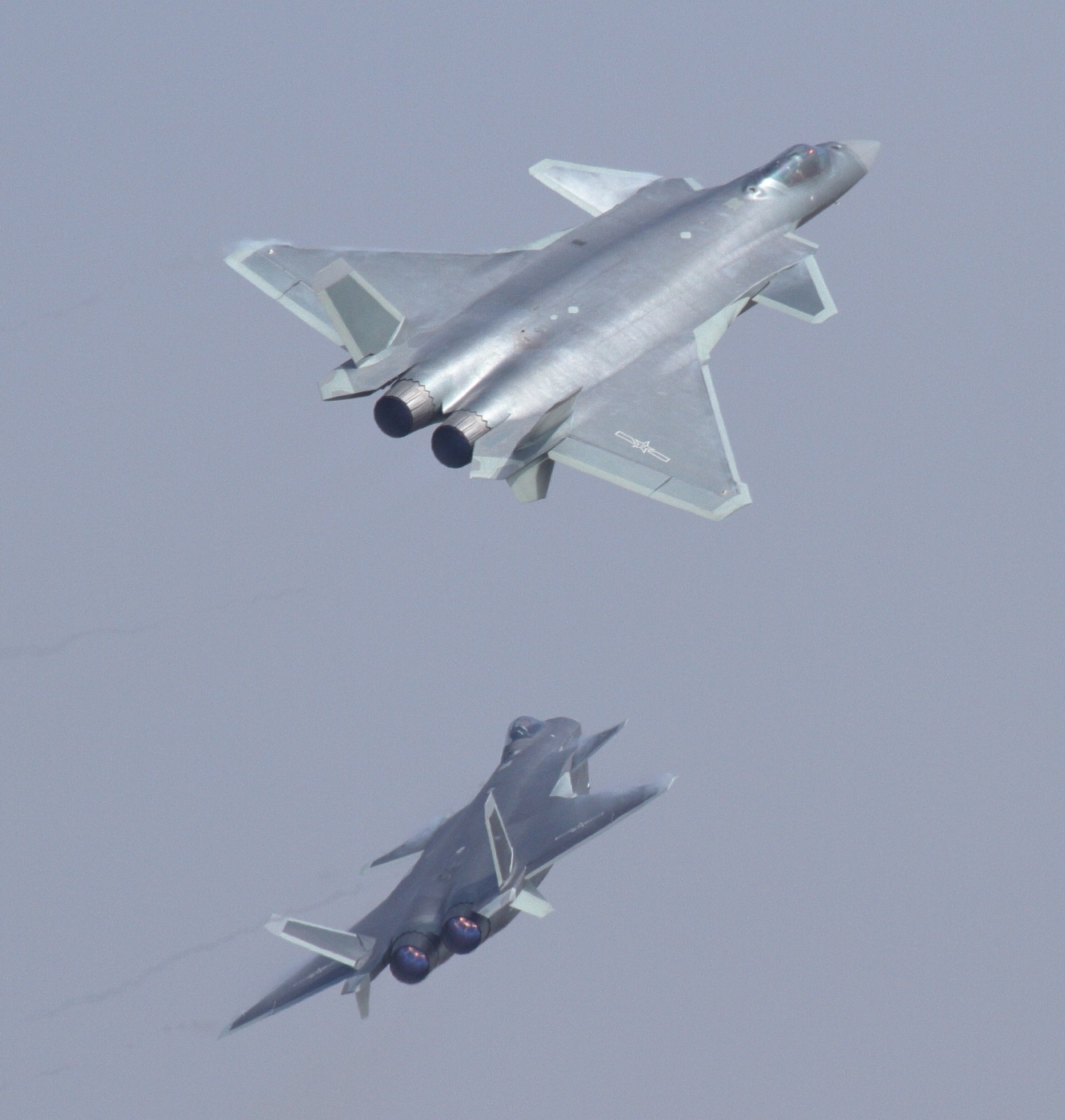
Wilsbach was also pressed on the potential threat J-20s could pose for Taiwanese forces at the symposium, and how Taiwan would defend itself, if China were to conduct a military intervention across the Taiwan Strait. U.S. military officials have suggested that the PLA may be in a position to successfully execute a cross-strait intervention by 2027, if not sooner. For Wilsbach, the Chinese threat against Taiwan shouldn’t be pigeonholed to the J-20:
“They [Taiwan] have to have systems to be able to [prevent] the J-20… By the way, the J-20 is limited in my view to Taiwan. What is a major threat is the other aircraft that can come in and drop, draw their weapons on Taiwan, you know like their H-6 bombers, and then not to mention all the ballistic missiles and cruise missiles. So, you know, if I was Taiwan, I wouldn’t be overly concerned with the J-20 at this point… they need to be concerned about it, but there’s a lot of other things that they also need to defend themselves against to be that tough target we spoke about earlier.” That is quite the statement as Taiwan’s most advanced fighter is the F-16V, with additional new-build Vipers on the way. Other upgrades are in play for the other fighters in its inventory. The island’s ever-evolving ground and sea-based integrated air defenses are also a factor here.
As Wilsbach himself indicated, his most recent assessment of the J-20 is broadly in line with the comments he made at the 2022 iteration of the Air & Space Forces Association’s annual symposium. At that event, the general noted how J-20s “weren’t anything to lose a lot of sleep over,” but that, “Certainly, we’re watching them [China] closely and seeing how they… operate them.” This viewpoint was supported by Air Force Chief of Staff General Charles Q. Brown, who was also speaking at the 2022 symposium: “Well, I’m like General Wilsbach… [The J-20 is] not something to lose a lot of sleep over, but I’m gonna pay attention to it.”
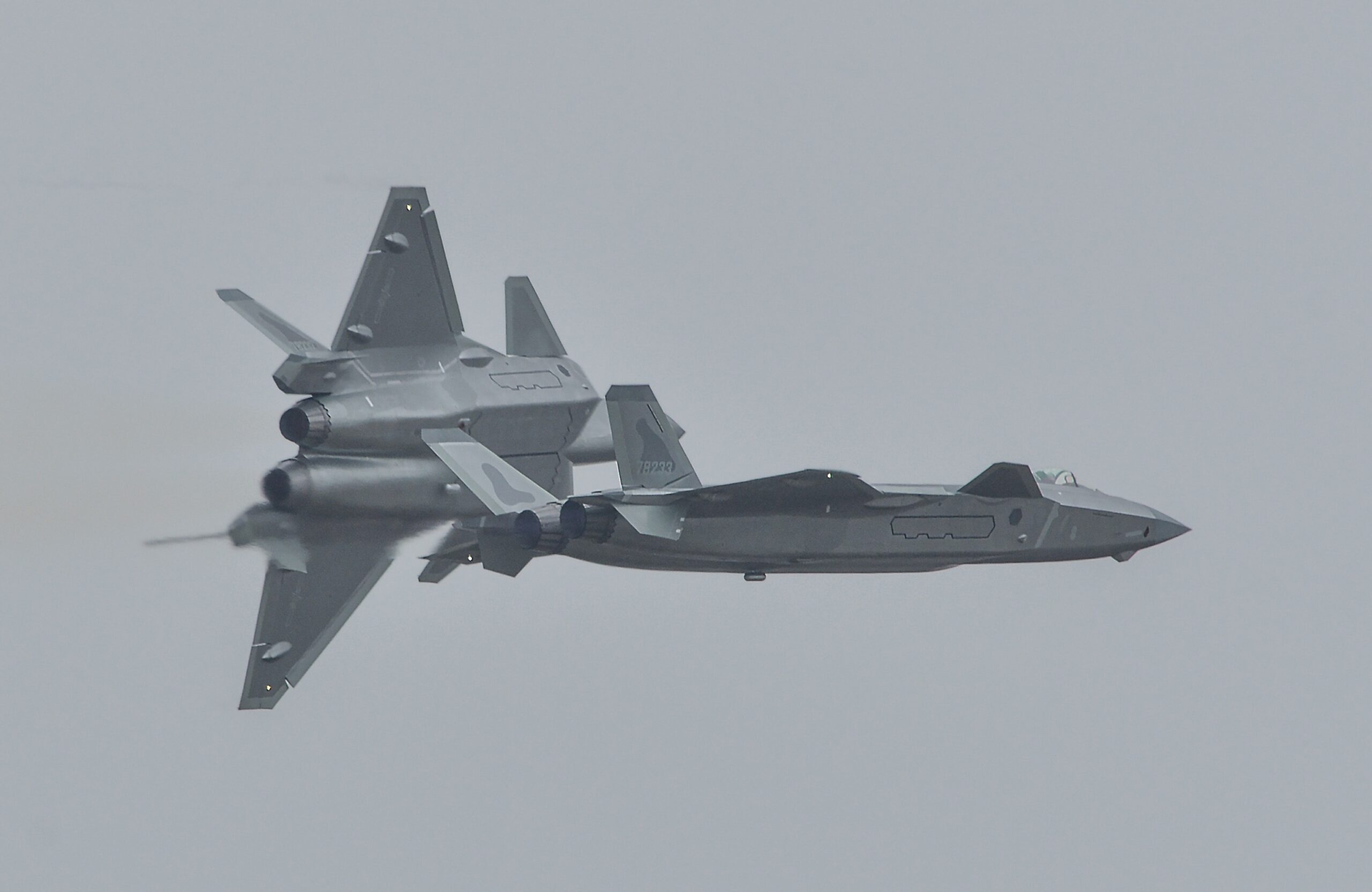
It should also be noted that Wilsbach has cited concerns with other Chinese aircraft in discussions on the J-20 in the past, too, including long-range command and control capabilities such as the KJ-500 airborne early warning and control aircraft. As we’ve noted previously, KJ-500s are regularly used to support combat aircraft flying sorties around Taiwan. In general, China has rapidly expanded its airborne early warning and control aircraft fleet while the U.S. has decreased its own, although the addition of the E-7 is now on the horizon.
If senior U.S. Air Force officials remain only moderately concerned by the rise of China’s J-20s, this likely has much to do with the capabilities that service will leverage in the not-too-distant future. Currently, the Air Force is developing various air combat capabilities under the Next Generation Air Dominance (NGAD) framework. This includes work on a sixth-generation crewed combat aircraft, various tiers of uncrewed platforms, as well as new sensors, weapons, and battle management systems. Lockheed Martin and Boeing are currently competing for the crewed combat aircraft contract, with Northrop Grumman having recently removed itself from the running. The Air Force hopes to pick a winner in 2024. Older 4th generation fighters are being reduced in numbers, but are also receiving critical upgrades and new ones with unique capabilities — the F-15EX — are being added to the fleet, as well. Meanwhile, the F-22 and F-35 fleets are the ‘tip of the spear’ of the USAF’s tactical aviation roster.
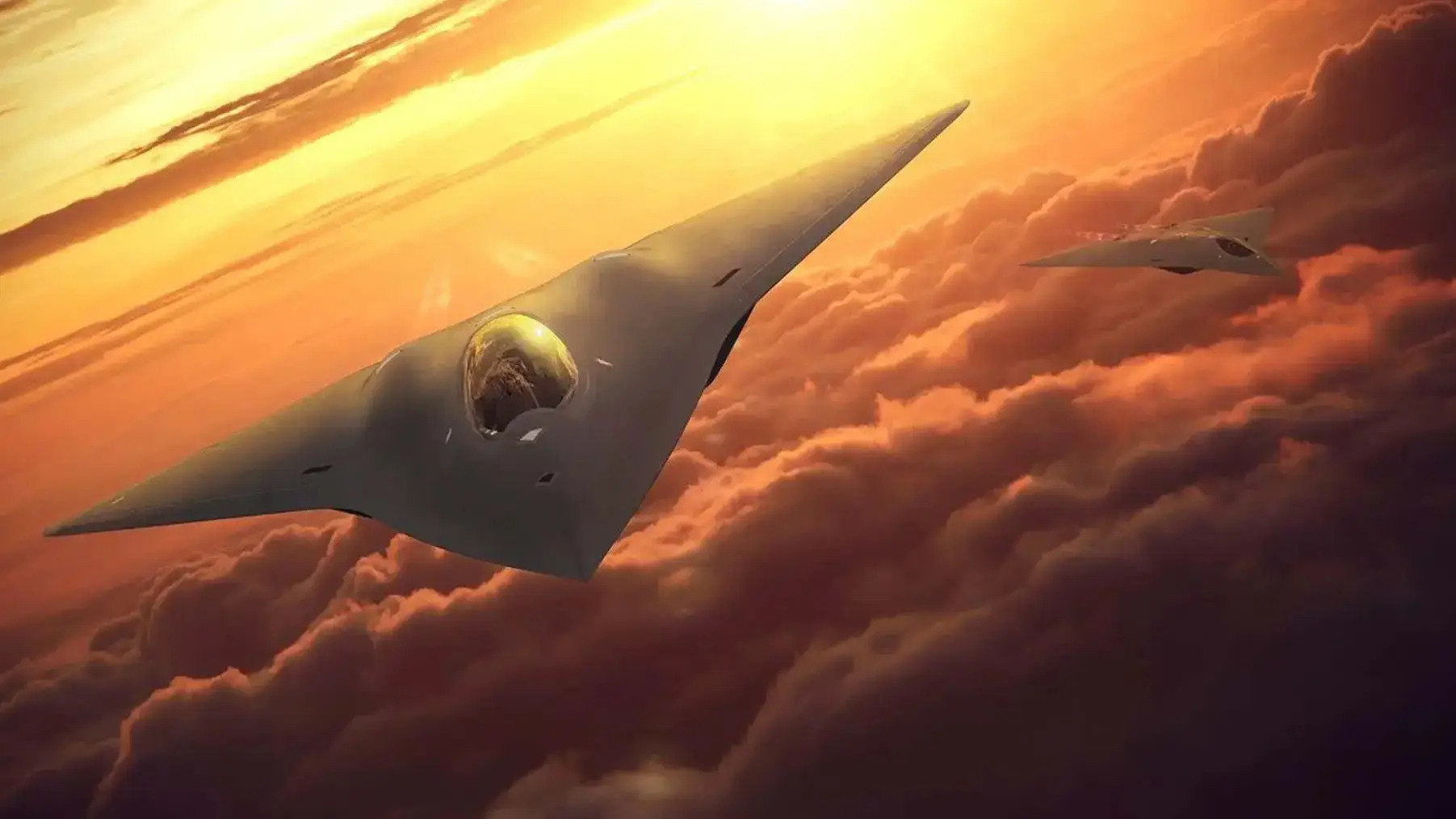
With that said, the recent comments from Wilsbach clearly reinstate confidence that the U.S., alongside its partners and allies, retain the technological advantage over China’s current fighter aircraft designs.
Contact the author: oliver@thewarzone.com
